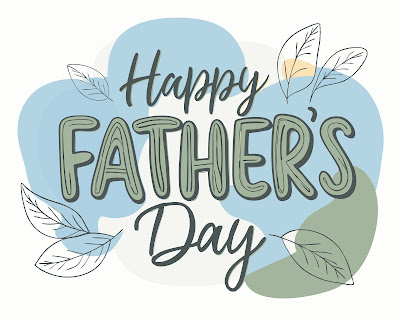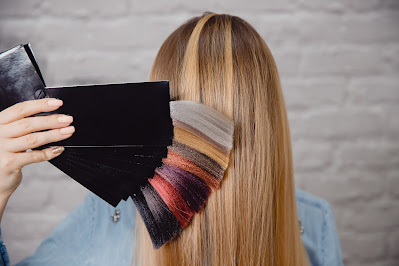Whatever your hair type, anyone can find themselves fighting a losing battle against frizz. However, once you know what causes frizzy hair, you can take some simple steps to prevent it. There isn’t just one simple trick to smoothing frizzy hair - there are several ways to keep your tresses looking sleek. We’ve put together the main causes of frizzy, dry hair - and some helpful hair care tips to ensure your style stays smooth and defined.
Why is my hair so frizzy?
It’s a mixture of two things - humidity due to hot weather, and how hydrated your hair is to start with.
The main cause of frizz is a lack of moisture in your hair. This causes your hair to seek out and absorb moisture from the air, causing frizz - which also explains why humidity can make frizz even worse.
Do some people have naturally frizzy hair?
Yes - naturally curly hair is more prone to frizz as the natural oils produced by your scalp can’t travel down the hair shaft as well as they can in straight hair, so curly or wavy hair is prone to natural frizz.
Straight hair can get frizzy as well, but it doesn’t tend to be as noticeable unless the hair is really dry and damaged, or it’s hot and humid outside.
Factors which cause frizz;
Here are six reasons why your hair might be so frizzy, coupled with easy steps you can take to try to ensure frizz control.
1.) Rough towel drying
While you may think drying your hair with a towel is better than using a hairdryer, wrapping your hair in an abrasive bath towel and rubbing it dry can actually draw the oils out of your hair, resulting in frizz. Instead, try a microfibre towel or braid your hair whilst damp and leave it to dry overnight for perfect waves in the morning.
2.) Over-brushing
Brushing your hair too much can cause breakage, and when you have brittle lengths and split ends, your hair is more prone to frizz. Stick to brushing twice a day - once in the morning, and a quick, gentle brush at night to smooth out any tangles before you go to bed.
3.) Not using heat protection
Frequently using heated styling tools can strip hair of its natural moisture, leading to dry and damaged strands that are vulnerable to frizz.
4.) Rinsing your hair with hot water
While a hot shower may feel relaxing, it can strip your scalp and hair of the natural oils that keep it moisturized and shiny. That lack of moisture can lead to more frizz. It’s an easy fix - just turn down the temperature slightly when you’re washing your hair. If you can stand it, rinsing your hair with cold water smooths your cuticles, minimizes frizz, and increases shine.
























